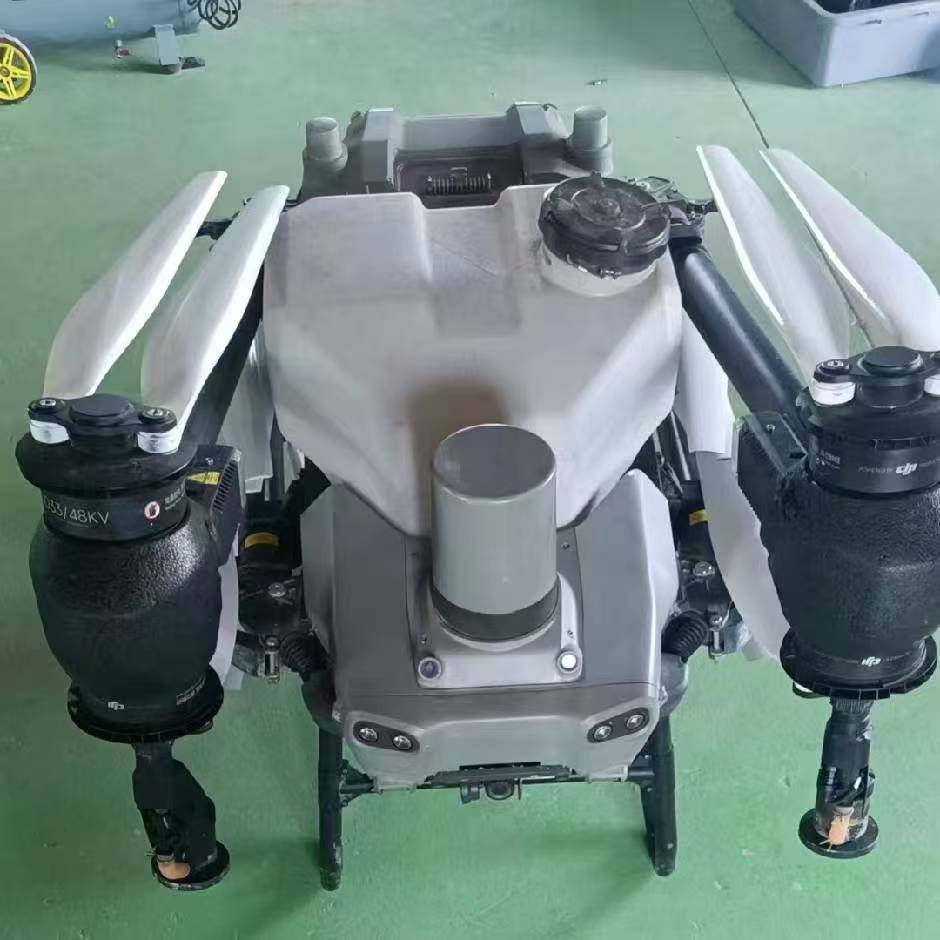
In modern agriculture, the ability to navigate and treat crops with precision across varied and challenging terrains is no longer a luxury—it’s a necessity. Traditional spraying methods often fall short in environments with uneven ground, slopes, and obstacles, leading to inconsistent chemical application, wasted resources, and potential crop damage. Enter the sprayer drone with terrain following radar: a revolutionary solution that combines advanced sensing technology with autonomous flight capabilities to deliver unmatched precision, efficiency, and safety in agricultural spraying operations.
The Challenge: Spraying in Complex Terrains
Agricultural fields are rarely flat or uniform. From rolling hills and sloped vineyards to terraced rice paddies and uneven crop rows, farmers face significant challenges when applying pesticides, herbicides, or fertilizers:
– Uneven Terrain: Slopes and elevation changes cause traditional drones to maintain inconsistent heights, leading to over-spray or under-spray.
– Obstacles: Trees, irrigation pipes, power lines, and other field infrastructure pose collision risks, especially in dense or cluttered environments.
– Variable Crop Heights: Crops like corn, sunflowers, or fruit trees grow at different heights, requiring drones to adjust their flight altitude dynamically.
– Environmental Sensitivity: Spraying in hilly or water-sensitive areas (e.g., near rivers or wetlands) demands precise control to prevent chemical runoff and protect ecosystems.
For farmers, these challenges translate to:
– Inefficient Chemical Use: Uneven application wastes expensive inputs and reduces crop yields.
– Increased Costs: Manual labor or repeated spraying to compensate for uneven coverage drives up operational expenses.
– Environmental Risks: Over-spray or drift into non-target areas contaminates soil and water, harming biodiversity and violating regulations.
How Terrain Following Radar Transforms Sprayer Drones
Terrain following radar (TFR) is a game-changing technology that enables sprayer drones to “read” the landscape in real time and adjust their flight paths accordingly. By integrating TFR with advanced flight control systems, these drones achieve:
1. Adaptive Flight Height for Perfect Coverage
TFR radar continuously scans the ground below, measuring elevation changes and slope angles with millimeter-level precision. The drone’s flight controller then adjusts its altitude in real time to maintain a consistent spray height—typically 1–3 meters above the crop canopy—regardless of terrain undulations. This ensures:
– Uniform Chemical Distribution: Even coverage across slopes, terraces, and uneven fields, eliminating “striping” or missed spots.
– Optimal Crop Penetration: Spray nozzles maintain the ideal distance from the crop canopy, ensuring chemicals reach the target areas (e.g., undersides of leaves for pests or disease control).
2. Obstacle Avoidance for Safer Operations
TFR radar works in tandem with LiDAR, cameras, and ultrasonic sensors to detect and avoid obstacles such as:
– Trees, Poles, and Fences: The drone automatically adjusts its flight path to steer clear of obstacles, preventing collisions and crop damage.
– Power Lines and Irrigation Equipment: High-resolution radar identifies thin but hazardous structures, ensuring safe passage even in cluttered fields.
– Other Drones or Wildlife: Advanced collision-avoidance algorithms prioritize safety in shared airspace or wildlife-rich areas.
3. Precision Spraying in Sloped and Terraced Fields
Sloped vineyards, rice terraces, and hillside orchards are notoriously difficult to spray with traditional methods. TFR-enabled sprayer drones excel in these environments by:
– Maintaining Consistent Spray Angles: The drone adjusts its nozzle orientation to compensate for slope angles, ensuring chemicals are applied perpendicular to the crop surface—critical for effective absorption.
– Navigating Terraces and Steps: Advanced path-planning algorithms allow the drone to “step” up or down terraces without losing altitude or coverage, guaranteeing uniform treatment across all levels.
4. Environmental and Economic Benefits
– Reduced Chemical Waste: Precise, terrain-adaptive spraying minimizes over-application and drift, cutting chemical costs by 30–50% and protecting waterways from contamination.
– Lower Labor Costs: Autonomous operation eliminates the need for manual spraying or ground-based equipment, reducing labor expenses by up to 70%.
– Sustainable Farming: By preventing runoff and optimizing input use, TFR drones support eco-friendly practices and compliance with environmental regulations.
Real-World Impact: Transforming Farms with Terrain Following Drones
Case 1: Vineyards in the Swiss Alps
A vineyard in Switzerland’s mountainous Valais region faced challenges spraying grapes on steep, terraced slopes. Traditional methods were ineffective and dangerous. With a TFR sprayer drone:
– Efficiency: Spraying time per hectare dropped from 6 hours (manual) to 20 minutes.
– Yield Improvement: Uniform coverage increased grape quality, boosting wine prices by 20%.
– Safety: Eliminated the need for workers to navigate hazardous slopes, reducing insurance costs.
Case 2: Rice Terraces in the Philippines
In the Philippines’ Ifugao Province, farmers cultivate rice on ancient, narrow terraces prone to erosion. A TFR drone was deployed to spray pesticides:
– Precision: The drone maintained a consistent height across terraces, preventing chemical runoff into rivers.
– Cost Savings: Reduced chemical usage by 45%, saving farmers $1,200 annually per hectare.
– Environmental Protection: Preserved the UNESCO World Heritage Site’s fragile ecosystem.
Case 3: Cornfields in the Brazilian Cerrado
In Brazil’s hilly Cerrado region, a corn farmer used a TFR drone to combat fungal diseases:
– Coverage: The drone navigated slopes up to 30° without losing spray accuracy, achieving 95% disease control.
– Yield Boost: Increased corn yields by 15% compared to manual spraying.
– Labor Savings: Replaced 10 seasonal workers, saving $8,000 per season.
Why Choose Our Sprayer Drones with Terrain Following Radar?
As a leading manufacturer of agricultural drones, we integrate cutting-edge TFR technology with rugged, farm-ready design to deliver unmatched performance:
1. High-Performance TFR Systems
– 77 GHz Millimeter-Wave Radar: Detects terrain elevation changes and obstacles up to 200 meters ahead, even in fog, rain, or dust.
– Centimeter-Level Accuracy: Maintains spray height within ±1 cm of the target, ensuring uniform coverage.
– Low Latency: Processes terrain data in <50 milliseconds, enabling real-time adjustments.
2. Rugged, All-Terrain Design
– IP67 Waterproofing: Withstands rain, mud, and dust, ideal for rice paddies, muddy fields, and humid climates.
– Amphibious Landing Gear: Foldable legs with anti-slip treads enable safe takeoffs and landings on uneven or waterlogged surfaces.
– Reinforced Frame: Aircraft-grade aluminum and carbon fiber construction resists impacts from branches or minor collisions.
3. Smart Farming Integration
– AI-Powered Flight Planning: Upload field maps via our app, and the drone auto-generates an optimal spray path, avoiding obstacles and adjusting for terrain.
– Variable-Rate Spraying (VRS): Combine TFR with AI-driven VRS to adjust chemical flow based on crop density, pest hotspots, or soil data.
– Remote Monitoring: Track drone performance, spray coverage, and battery life in real time via a mobile app.
4. Global Compliance and Support
– Certifications: CE (EU), FCC (US), and CAAC (China) compliant, with regional adaptations for pesticide regulations and safety standards.
– Local Service: Multilingual technical teams provide pre-sales training, on-site repairs, and 24/7 after-sales support in over 50 countries.
The Future of Sprayer Drones with Terrain Following Radar
As agriculture expands into more complex and challenging environments, TFR technology will continue to evolve:
– Swarm Drones: Multiple TFR drones collaborating to cover large fields simultaneously, reducing time and costs.
– Predictive Analytics: AI models using TFR data to forecast pest outbreaks or yield potential, enabling proactive interventions.
– Fully Autonomous Farms: TFR drones working alongside IoT sensors and robots to create closed-loop systems, optimizing every input for sustainability and profit.
Your Next Step: Elevate Your Farming Operations
A sprayer drone with terrain following radar isn’t just a tool—it’s a partner that safeguards your crops, reduces costs, and protects the environment. Whether you manage 100 acres or 10,000, our TFR-enabled drones are ready to transform your agricultural operations.
*Contact us today to schedule a demo, request a custom quote, or learn how our terrain-following sprayer drones can revolutionize your farming.*
—
*Pioneering Precision Agriculture in Complex Terrains—Powered by Chinese Innovation.*

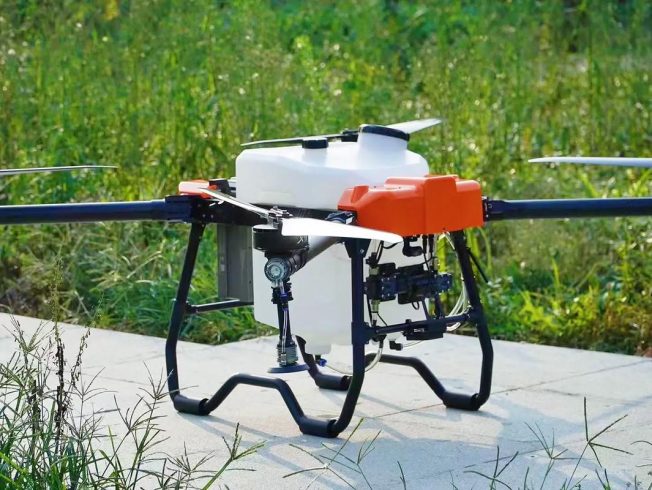
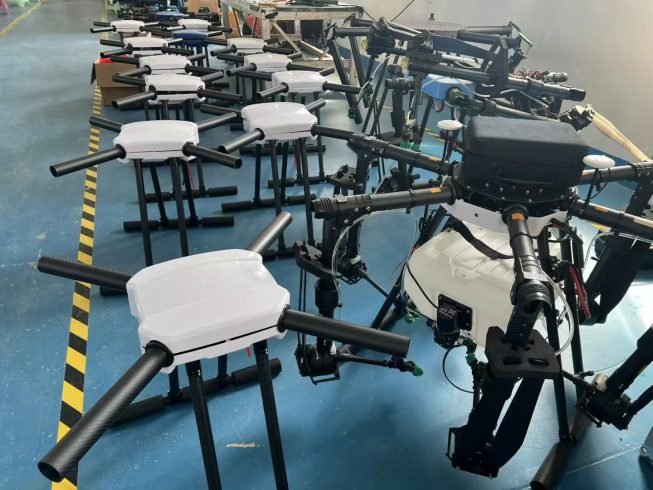
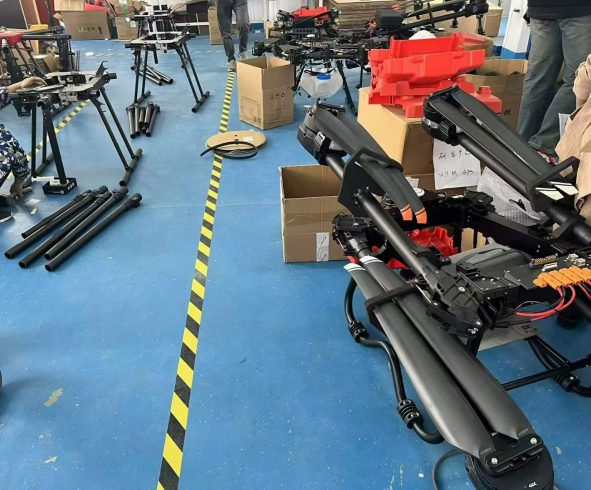
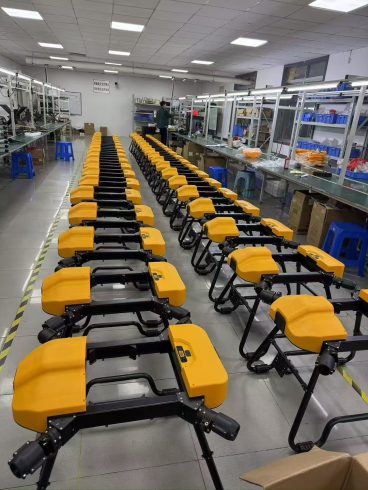

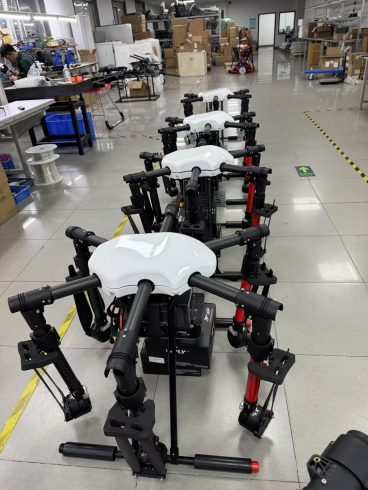
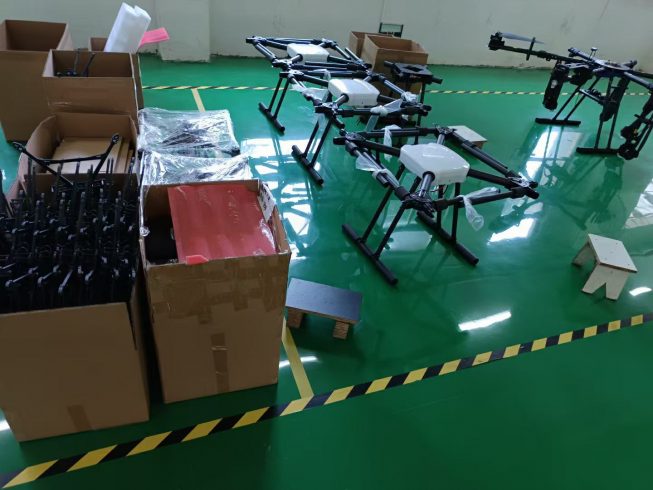
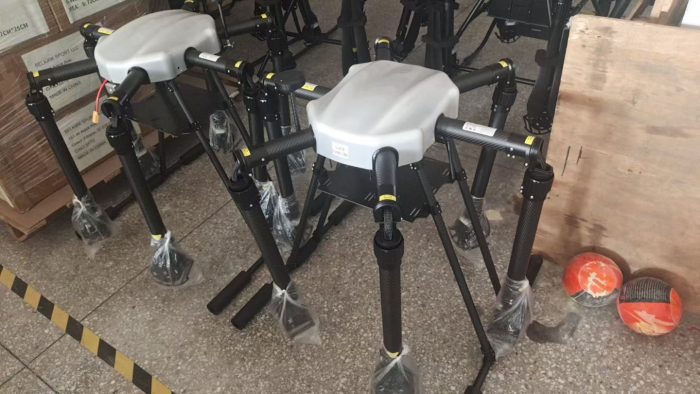
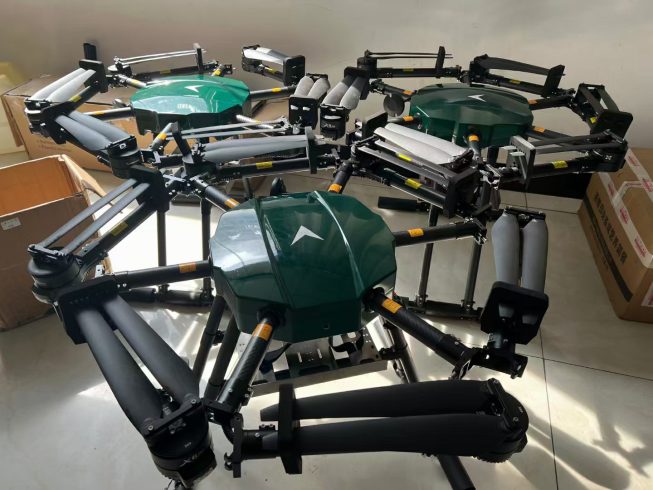
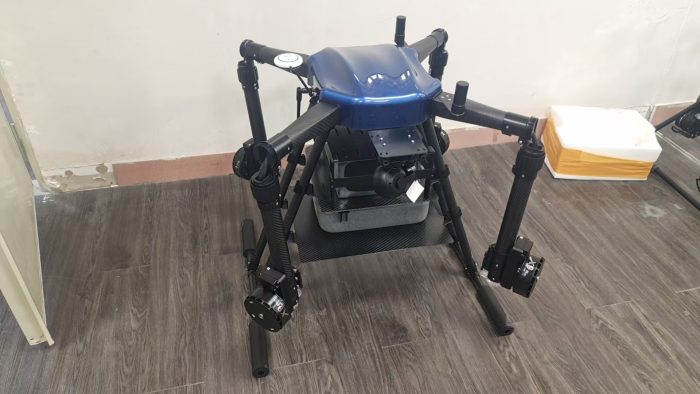
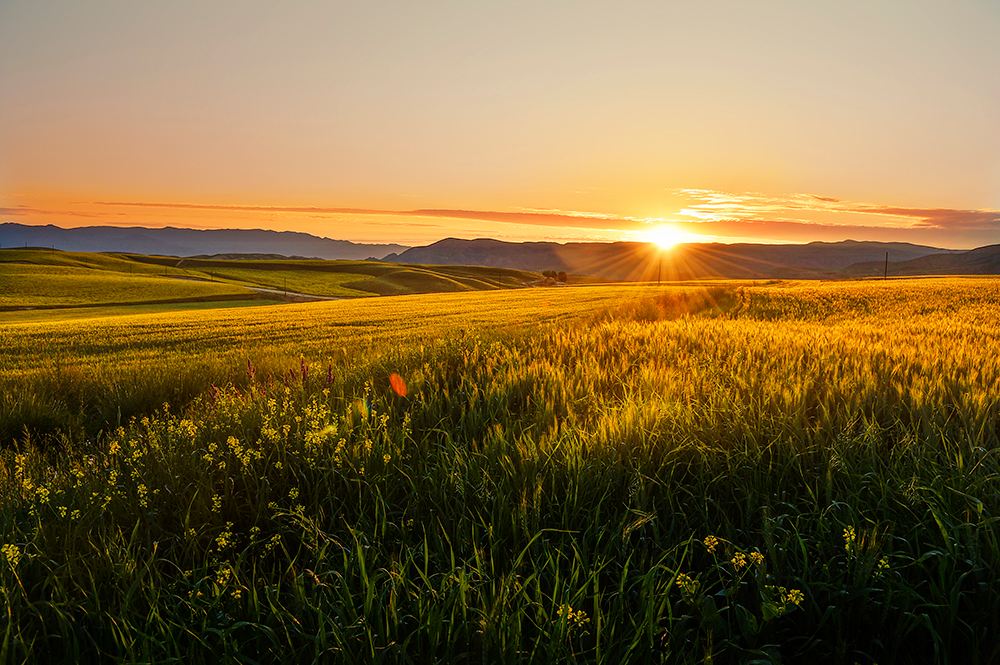
暂无评论内容